Friends Name Henry R. and Sara A. Immerwahr Suite in New Student Center
The American School of Classical Studies at Athens is pleased to announce a gift from the Friends of Henry R. and Sara A. Immerwahr in support of the renovated Student Center. The Henry R. and Sara A. Immerwahr Suite, located just off the ground-floor lobby of Loring Hall, is named in honor of these renowned scholars.
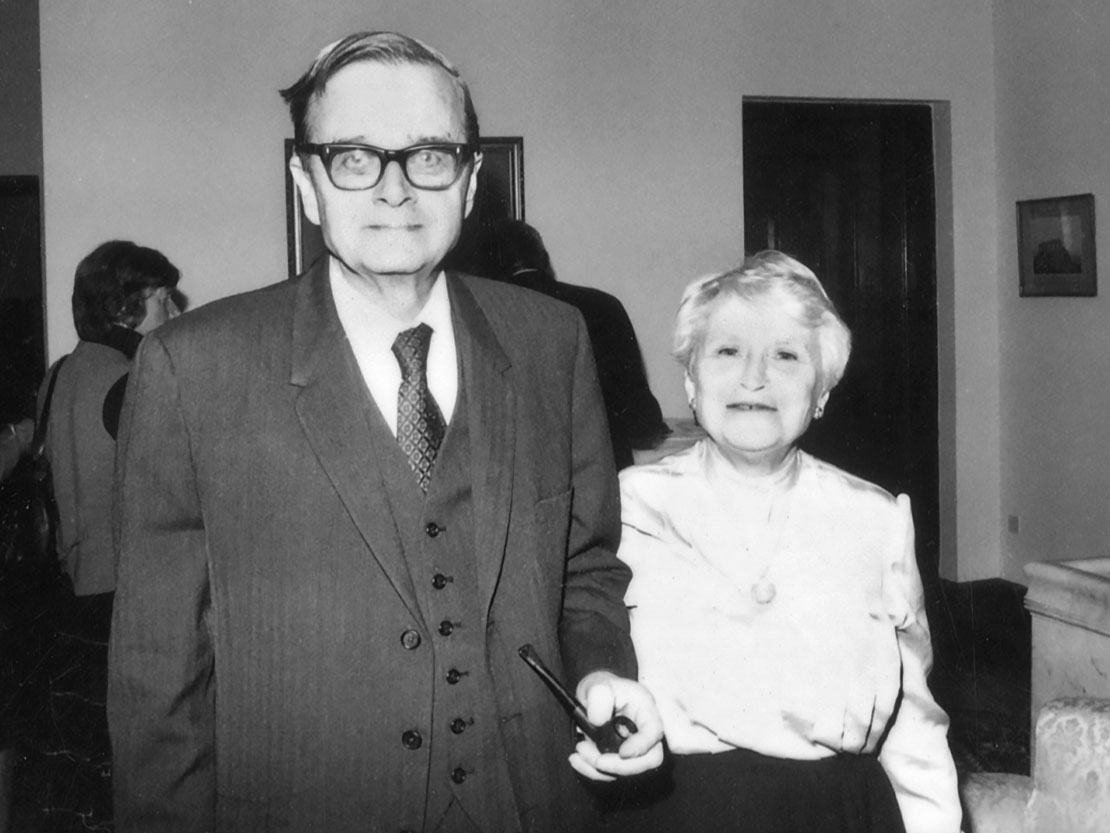
| Henry and Sara Immerwahr (photo courtesy of ASCSA Archives) |
Leading the campaign to memorialize these two influential individuals are Anne Chapin, Brevard College; Carol Mattusch, George Mason University; and Ronald and Helen (Connie) Stroud, University of California, Berkeley. All three remember Henry and Sara (Sally) Immerwahr with a fondness that was the driving force behind this campaign. Chapin recalls: "I was neither her first student nor her best student, but I was her last student. Sally took me on as her final Ph.D. student years after her retirement, and I am eternally thankful for the kindness and generosity she and Henry showed me as they welcomed me into their home and guided me through writing my dissertation." In Mattusch's words, "This is a wonderful way to pass on knowledge of past scholars and friends to successive generations. The Immerwahrs were deeply connected to the School and to the fields of philology, epigraphy, history, and prehistory." The Strouds echo this sentiment: "We are so happy to be able to honor the wonderful team of Sara and Henry Immerwahr in this manner."
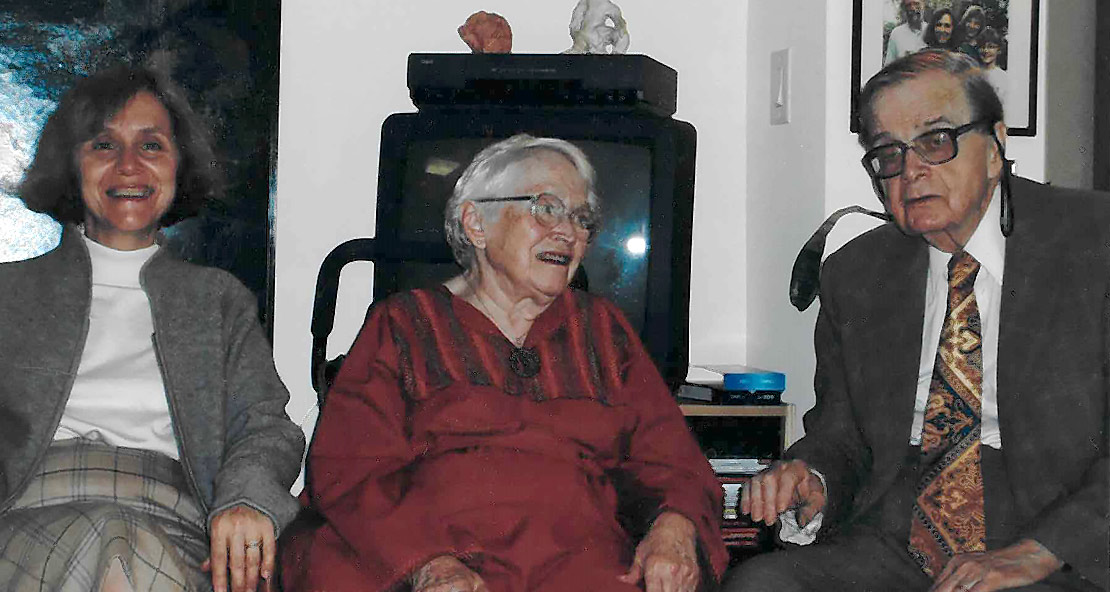
| Mary Hiniker (far left) with her parents, Sara and Henry Immerwahr, 1990 (photo courtesy of the Henry and Sara Immerwahr Photo Collection) |
The Immerwahrs' daughter, Mary Hiniker, says: "My parents would be overwhelmed by this honor. The School and its community of scholars were central to their lives, both professional and personal. The opportunity to come to Greece was a lifeline for my father as a young man, and of course, my parents met at the School. Later, the opportunity to assume the directorship was a highlight for both of them. My family and I want to thank everyone who donated."
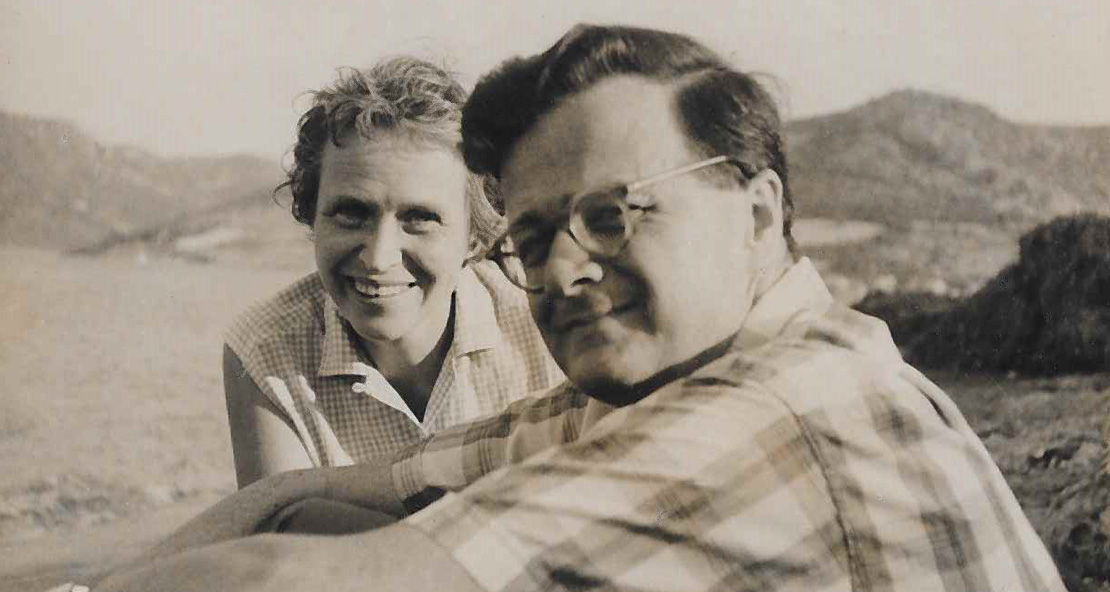
| Henry and Sara Immerwahr in Brauron, 1961 (photo courtesy of the Henry and Sara Immerwahr Photo Collection) |
George Orfanakos, Executive Director of the American School, expresses appreciation to Anne Chapin, Carol Mattusch, and the Strouds for mobilizing this extraordinary effort to honor the Immerwahrs: "To have friends and colleagues come together to pay tribute to Sara and Henry speaks to the impact they made on people's lives. The School is honored to be able to have their names and legacy remembered for generations to come."
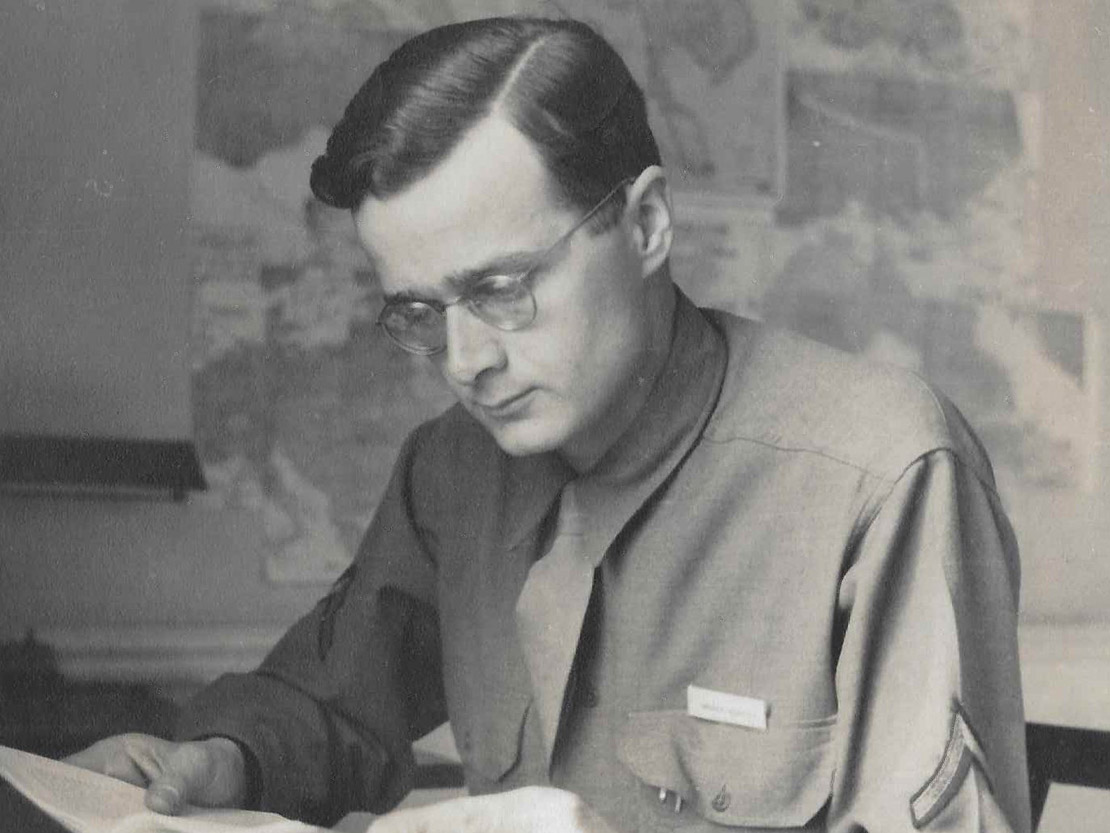
| Private Henry Immerwahr of the U.S. Army, 1944 (photo courtesy of the Henry and Sara Immerwahr Photo Collection) |
Henry Rudolph Immerwahr was born in Breslau, Germany (now Wroclaw, Poland) in 1916. Unable to pursue his studies in Germany because of Nazi persecutions, he moved to Italy, where he earned his first doctoral degree from the University of Florence in 1938. With the support of the newly funded German Refugee Fellowship, he then studied at the American School in 1939–1940. Henry and Sally met in Loring Hall in 1939, but they were driven from war-torn Europe in the following year. After reaching the United States, Henry earned his second doctorate from Yale in 1942, became a naturalized US citizen in 1943, and then served in the U.S. Army for two years.
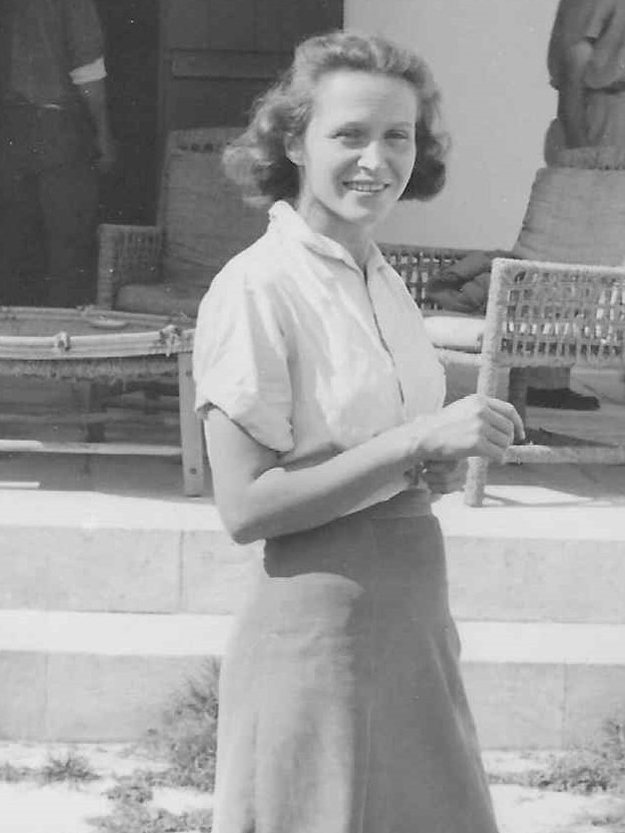
| Sara Immerwahr, née Anderson, in Cyprus, 1939 (photo courtesy of the Henry and Sara Immerwahr Photo Collection) |
Sara (Sally) Anderson was born in Pennsylvania in 1914 and earned a B.A. in Archaeology from Mt. Holyoke College in 1935. She met Henry while studying at the American School on an Ella Riegel Fellowship from 1938 to 1939. After the two of them came to the U.S., she earned her doctorate from Bryn Mawr College in 1943, and they married in 1944. Inspired originally by Arthur Evans' excavations at Knossos, Sally became an expert in the wall paintings from all Aegean Bronze Age sites and ultimately published a comprehensive study of the subject in Aegean Painting in the Bronze Age in 1990.
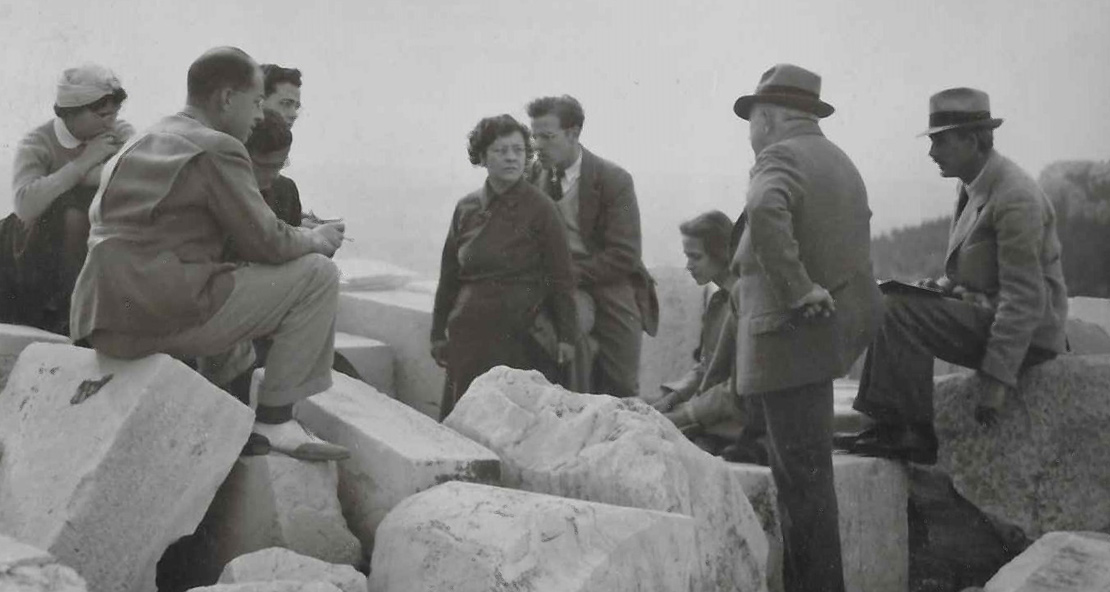
| Above: Henry and Sara Immerwahr in Bert Hodge Hill's course on the Propylaea Below: Sara's notes on the back of the photo (photos courtesy of the Henry and Sara Immerwahr Photo Collection) |
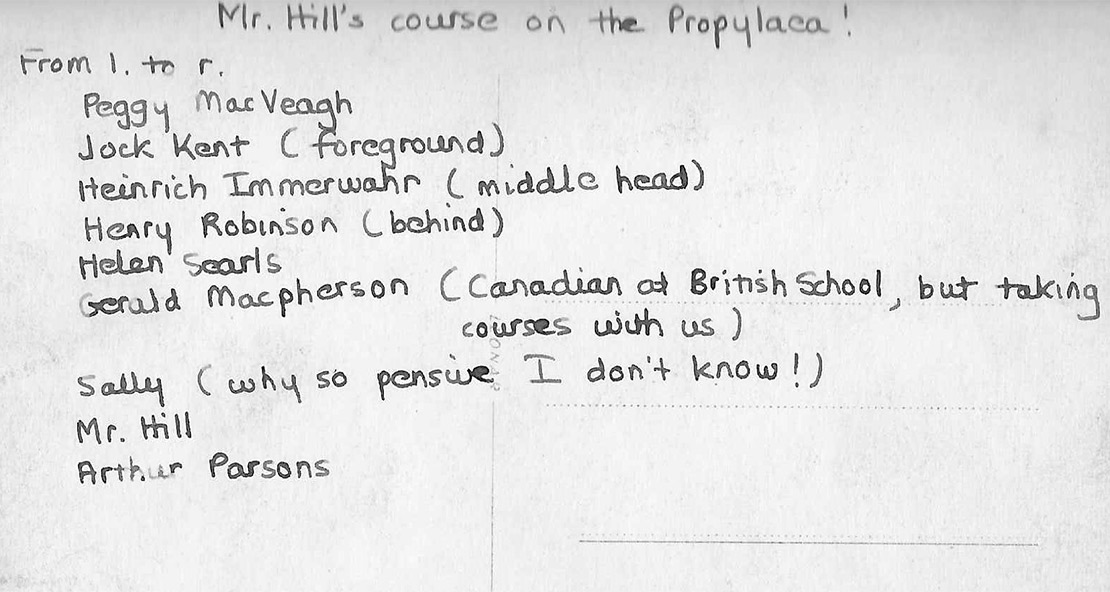
After moving to Chapel Hill in 1957, the Immerwahrs taught at the University of North Carolina, Chapel Hill (UNC), Henry in the Classics Department and Sally in the Art Department. They spent a sabbatical year at the School in 1970–1971, Henry as Visiting Professor and Sally as a Senior Research Scholar in the Agora. After retiring from UNC in 1977, they returned to Greece, where Henry succeeded James McCredie as Director of the School (1977–1982). Sally provided instruction in the museums, Henry taught seminars on Greek authors and epigraphy, and they both organized and presided over the School's very successful Centennial Celebration in 1981.
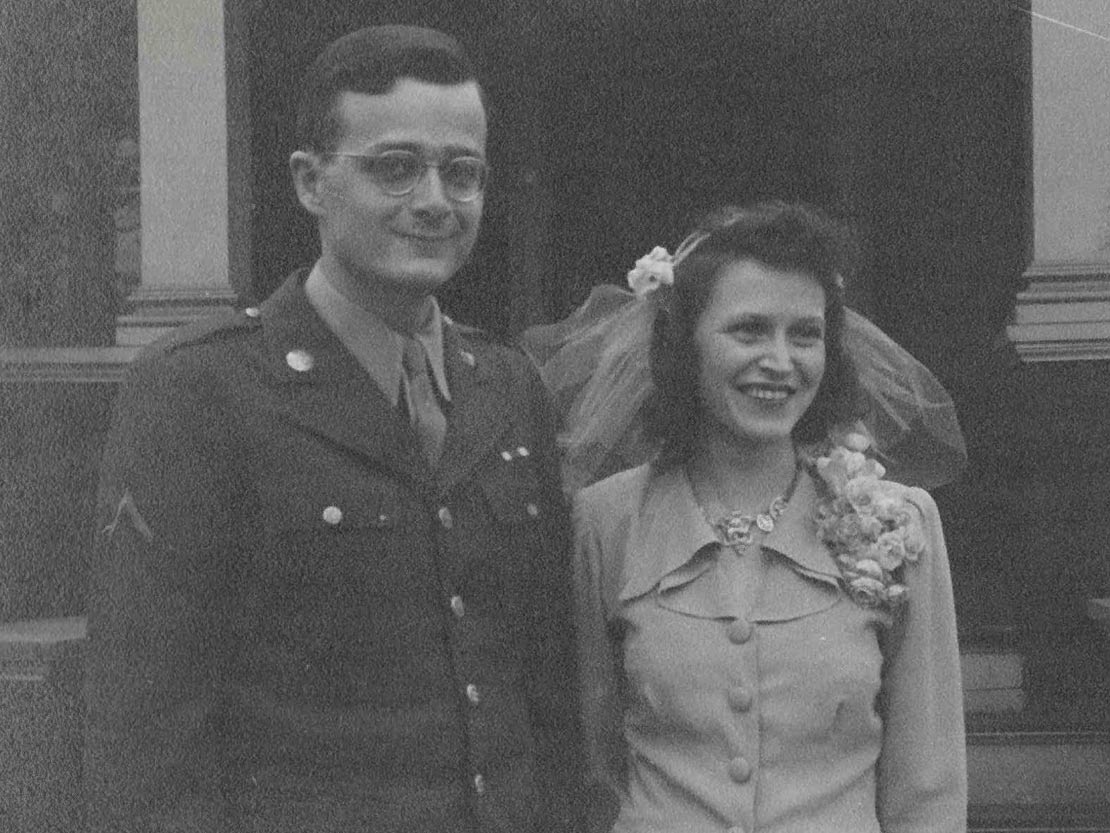
| The Immerwahrs' wedding, 1944 (photo courtesy of the Henry and Sara Immerwahr Photo Collection) |
During this final stint at the School, the Immerwahrs provided crucial support for the School through repeated visits to officials at the Ministry of Culture. Stephen Miller, University of California, Berkeley, writes: "It was critical that there be good open lines of communication between the School and the State, especially in a period when the recently elected government was staffed by some who advocated the expulsion of the foreign archaeological schools from Greece. They made life a little easier for the next in line [Miller himself], and those followers gratefully remember that help, and always will."
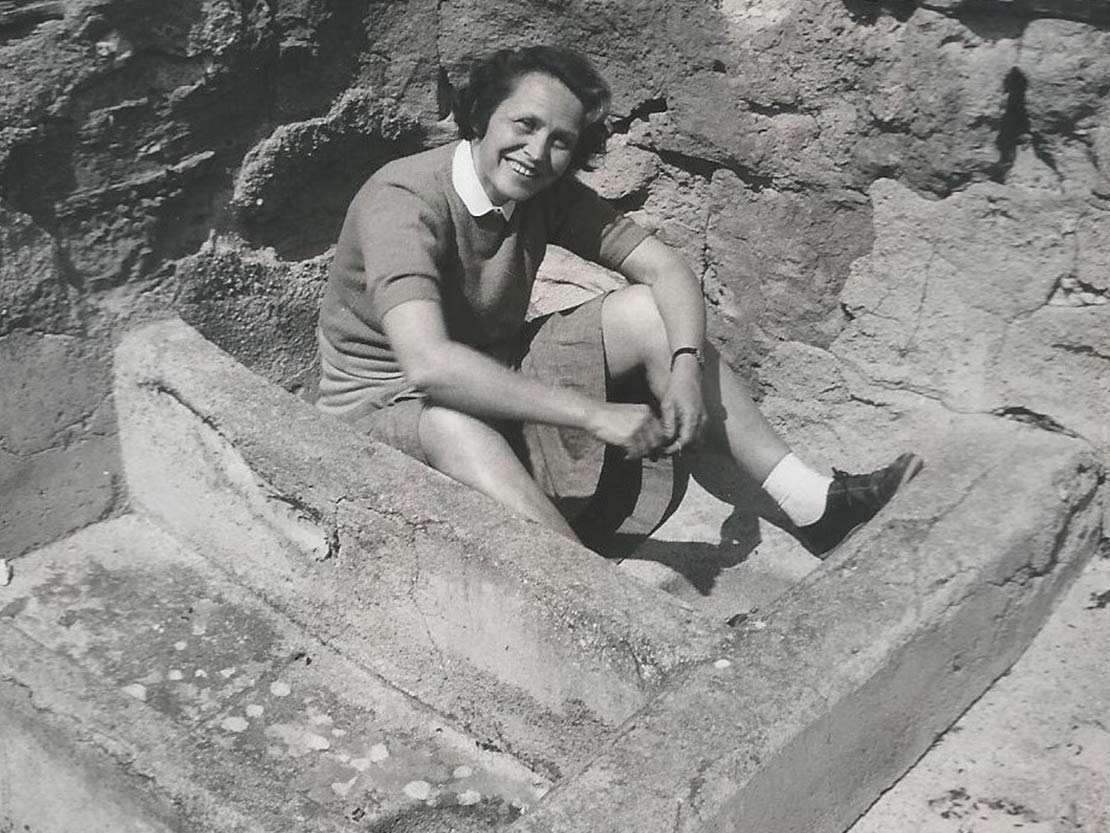
| Sara Immerwahr in Aegina, 1956 (photo courtesy of the Henry and Sara Immerwahr Photo Collection) |
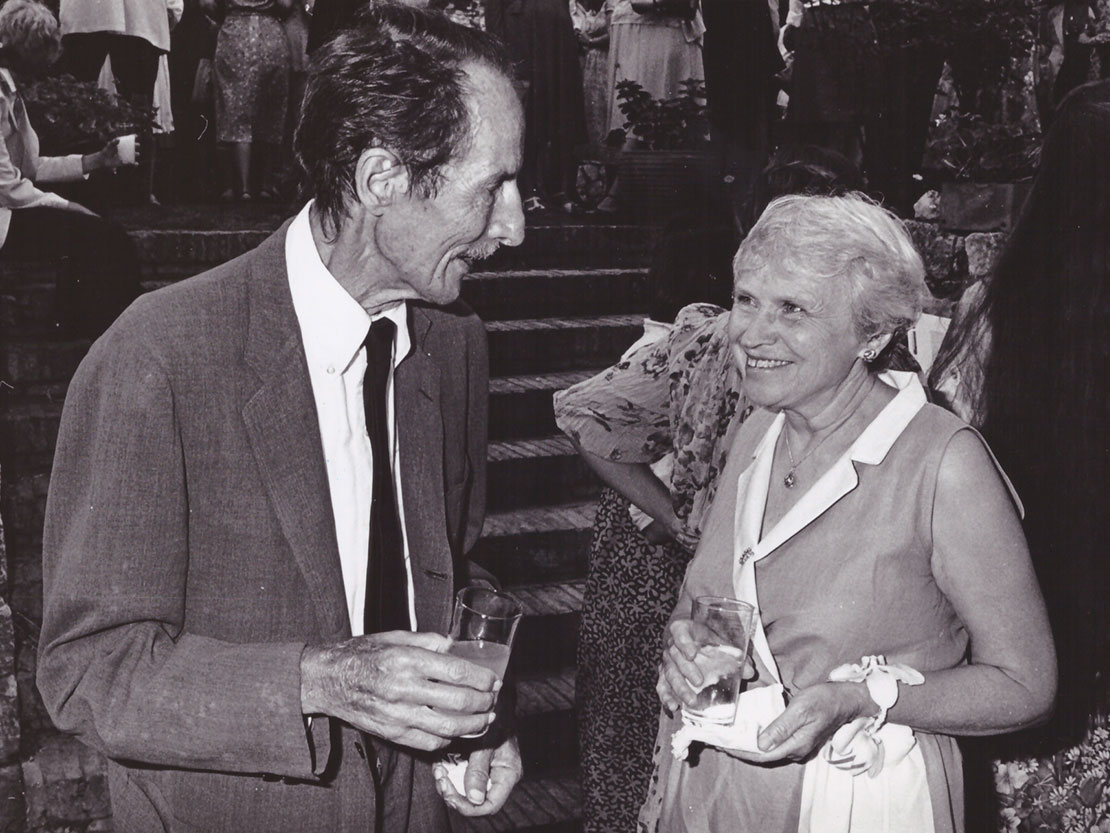
| Sara Immerwahr with Eugene Vanderpool (left) in the American School Gardens, 1981 (photo courtesy of ASCSA Archives) |
Robert Bauslaugh, Professor of Ancient History and Classics at Brevard College, recalls how during his tenure as Director, in the midst of a severe thunderstorm, Henry Immerwahr sent two students up onto the Blegen Library's roof: "In September 1977, I was a resident associate member at the American School. One evening, while I was working in the Blegen Library, an intense thunderstorm began with a great deal of lightning and thunder. A commotion arose when the librarian, Nancy Winter, discovered that the main drain on the flat roof of the building had become clogged and the back-up was threatening to overflow into the Library. So much water poured down the unblocked drain pipe that it backed up out of an open access grate and flooded the garage under the Library where a huge number of boxed records were being temporarily stored in the 1970s—the future location of the Weiner Laboratory. Fellow associate grad student Gerry Schaus and I quickly volunteered to go up on the roof and clear the drain. The roof was already covered in water higher than my ankles, and nearby lightning strikes made clearing the drain an unforgettable experience. When we were back inside, soaking wet but exhilarated by the success, we encountered Henry Immerwahr standing in the upper floor hallway, and he said to us: 'You know, Herr Bauslaugh, Herr Schaus, if you had been struck by lightning, we would have put up a bronze plaque here on the wall to commemorate your sacrifice,' and he gestured at the blank wall in the dark hallway. It was my first personal encounter with Henry, and I will always remember it." Fortunately, no such plaque was needed!
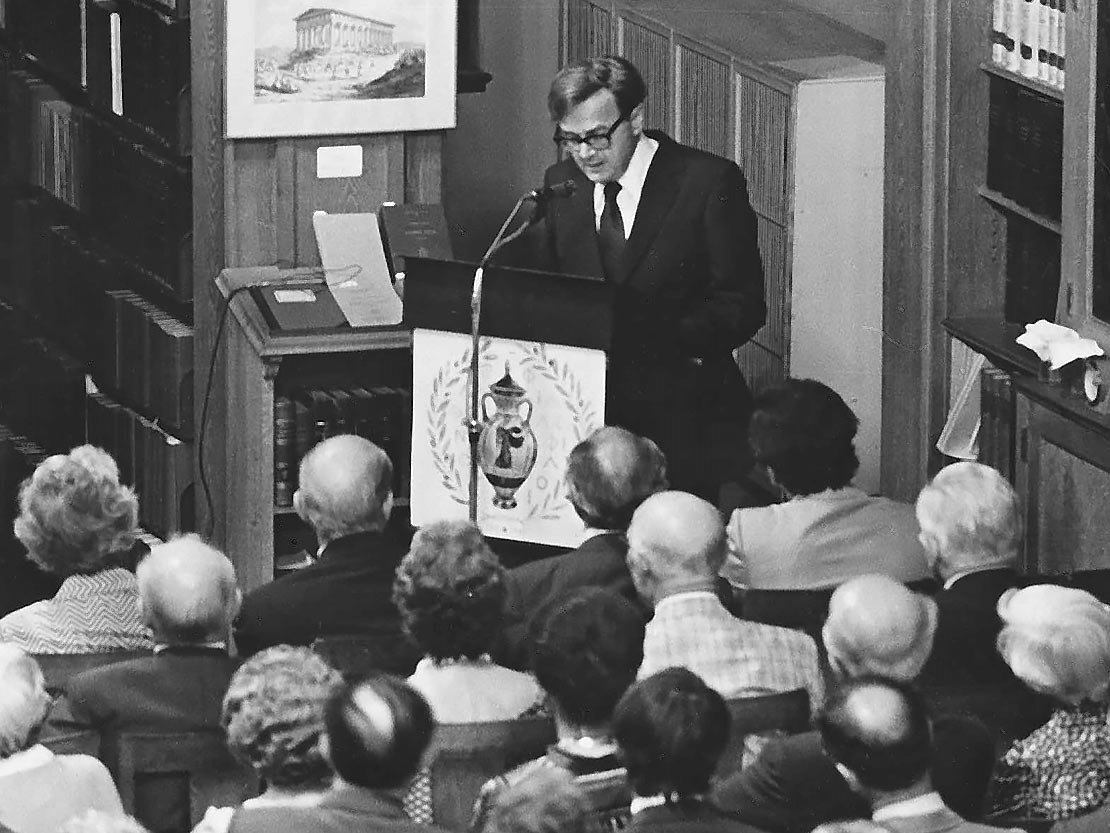
| Henry Immerwahr speaks at the Gennadius Library during the American School's Centennial Celebration, 1981 (photo courtesy of the Henry and Sara Immerwahr Photo Collection) |
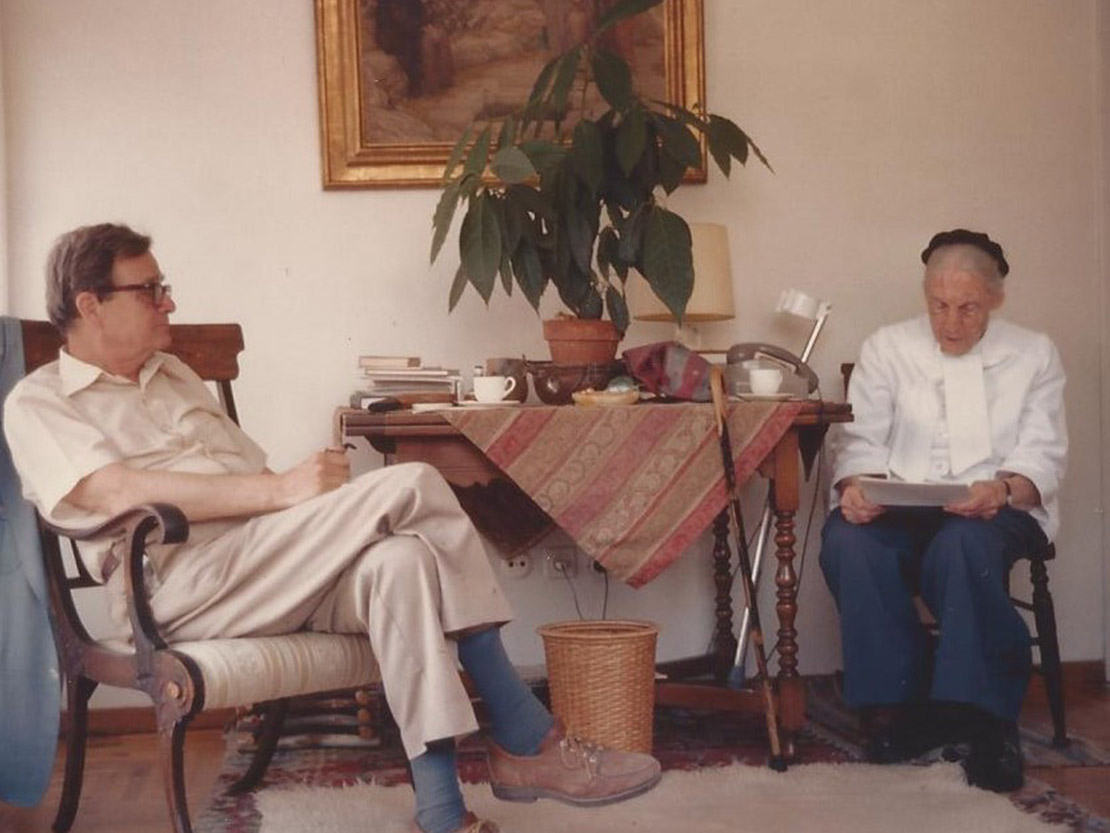
| Henry Immerwahr with Virginia Grace (photo courtesy of the Henry and Sara Immerwahr Photo Collection) |
Richard Mason says: "At Chapel Hill, I hoped to take a course with Heinrich Immerwahr on Herodotus, but when I asked him, he told me that he had written a book on the subject. And that was that." In fact, both Immerwahrs published standard works that are still widely consulted: Henry's Form and Thought in Herodotus (1966) and his Attic Script: A Survey (1990); Sally's The Athenian Agora XIII: The Neolithic and Bronze Ages (1971) and her Aegean Painting in the Bronze Age (1990). Henry's "Corpus of Attic Vase Inscriptions" (dc.lib.unc.edu/cdm/about/collection/attic) continues to grow and is now maintained in Switzerland (avi.unibas.ch/#).
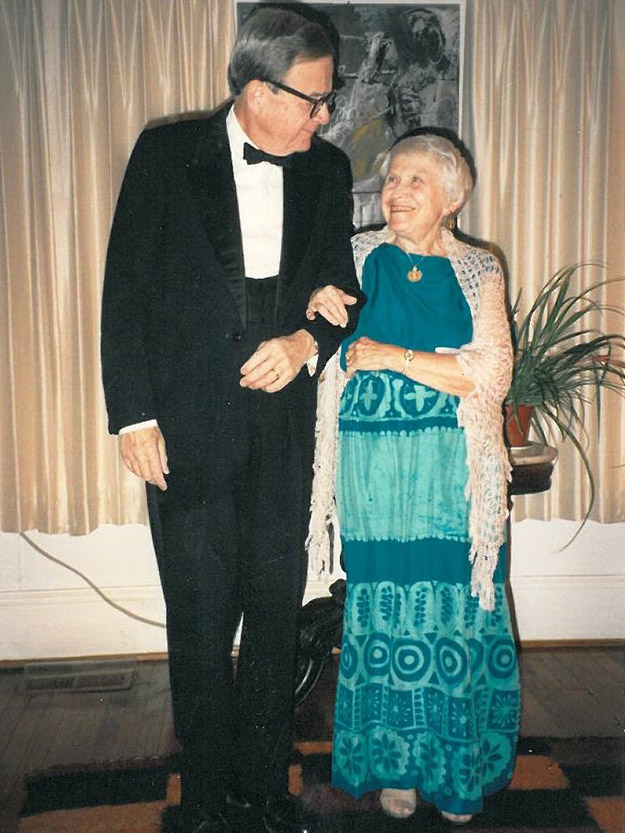
| The Immerwahrs at the Ackland Art Museum, 1990 (photo courtesy of the Henry and Sara Immerwahr Photo Collection) |
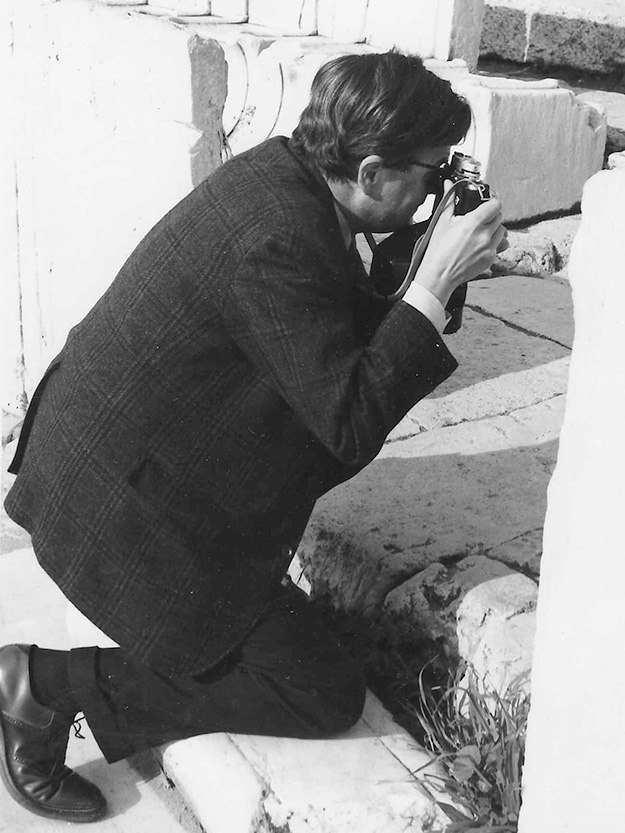
| Henry Immerwahr photographing an inscription, ca. 1960s–1970s (photo courtesy of the Henry and Sara Immerwahr Photo Collection) |
And, from Carol Mattusch: "One year while I was studying in Greece, the Immerwahrs came for the summer. Sally, my dissertation advisor, asked me about my living arrangements. I was afraid that she would disapprove of my living with Richard Mason, so I described half of the apartment we shared, never mentioning Richard. She seemed satisfied."
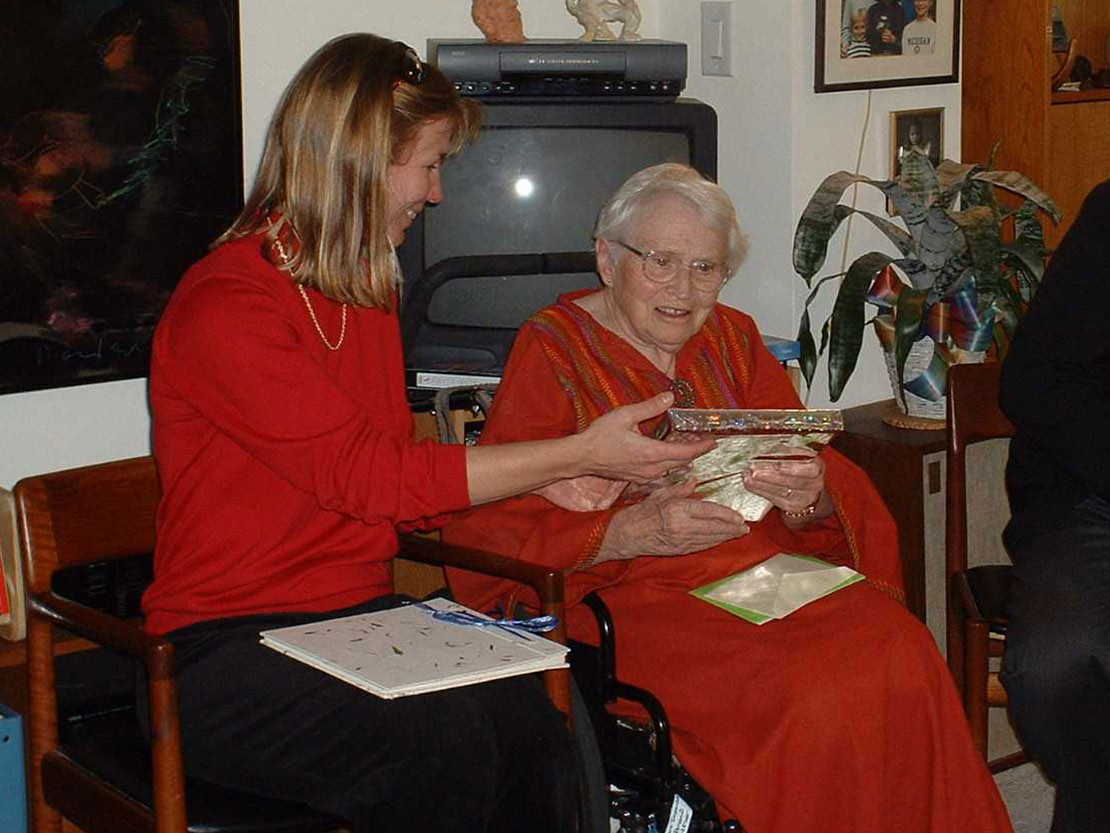
| Anne Chapin presents a festschrift to Sara Immerwahr, 2004 (photo courtesy of the Henry and Sara Immerwahr Photo Collection) |
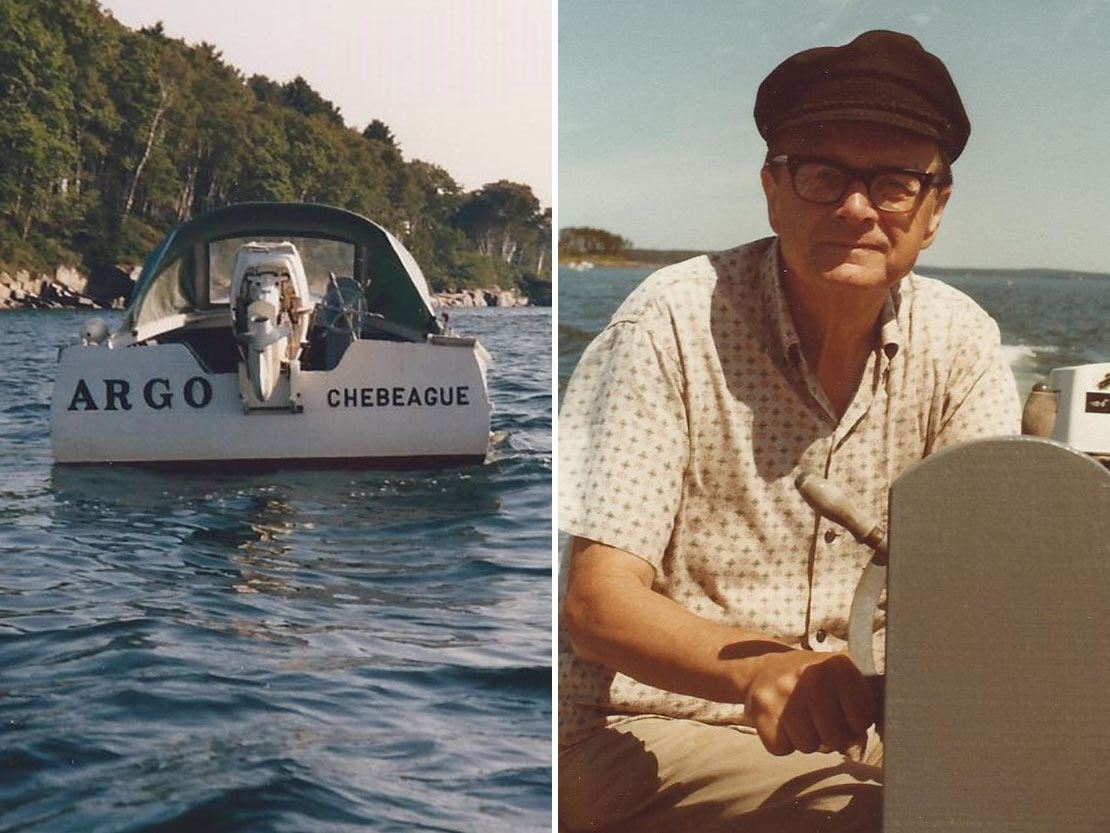
| Henry Immerwahr aboard his boat, the "Argo" (photo courtesy of the Henry and Sara Immerwahr Photo Collection) |
In 1982, the Immerwahrs returned to Chapel Hill, living happily at Carol Woods Retirement Community among friends and colleagues. They spent most of their summers on Chebeague Island in Maine with their daughter Mary, her family, and Henry's boat, the Argo. A friend of the Immerwahrs, Rachel Frew, reminisces: "On Chebeague Island, to cook lobsters, Henry's way was the only way. He would walk to the beach and return with a bucket of seawater, with seaweed. No boiling the creatures any other way: in the bucket, not in a pot." After Sally passed away in 2008 and Henry in 2013, they were both buried on Chebeague, where they had formed such happy memories.
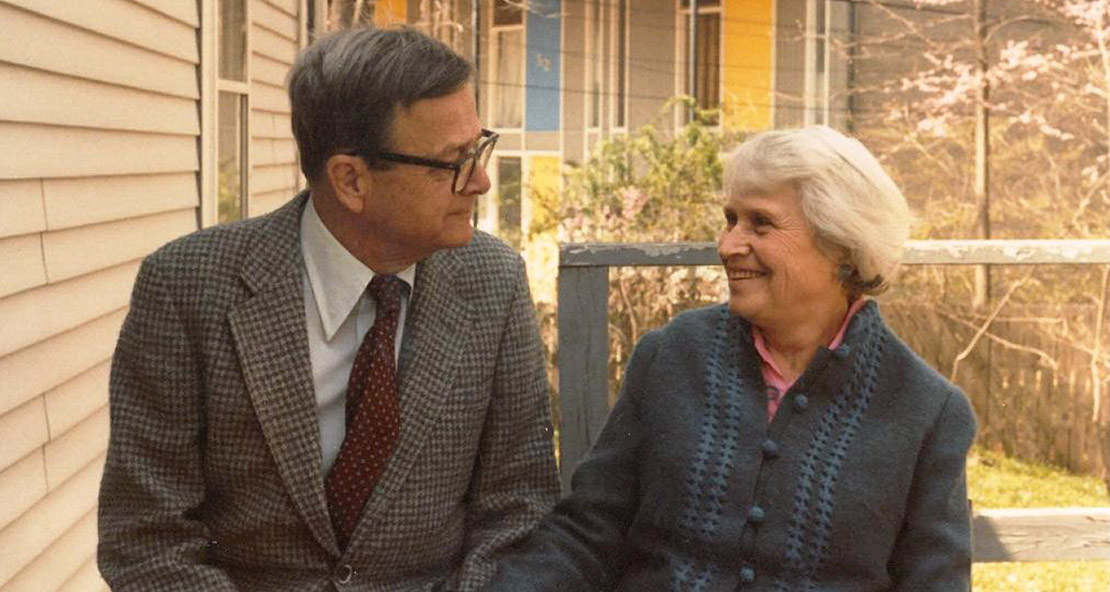
| The Immerwahr's 40th anniversary, 1984 (photo courtesy of the Henry and Sara Immerwahr Photo Collection) |
ABOUT THE STUDENT CENTER CAMPAIGN
The Student Center Campaign was launched in October 2018 to raise funds for renovating and expanding the three aging buildings that serve as the intellectual and residential heart of the American School: Loring Hall, the Annex, and McCredie House. This transformative project will increase housing capacity, reduce energy consumption, add state-of-the-art features and technology, and bring the buildings up to the latest technical standards—all while preserving the complex's historical appearance. The Student Center will remain the place where members of the community gather for meals, tea, ouzo hour, holiday celebrations, and lectures—a source of lifelong professional and personal relationships that characterize the collegial and intellectually vibrant atmosphere of the School. This modernized setting will enhance that experience and will meet the needs of the School community well into the future.
SUPPORT THE CAMPAIGN
The goal of the Student Center campaign is $9.9 million, inclusive of a maintenance endowment. Thanks to generous supporters like our trustees, $7.9 million has been raised to date. The new Student Center is expected to open in June 2021.
To learn more about how you can support this historic initiative, please contact Nancy Savaides, Director of Stewardship and Engagement, at nsavaides@ascsa.org or 609-454-6810. Naming opportunities for a variety of spaces in the Student Center are still available. Donors can choose from a wide range of gift levels to name a room or area in honor of themselves, an American School scholar, or a family member, friend, or group. Please click the links below to view the nameable spaces and options that remain: